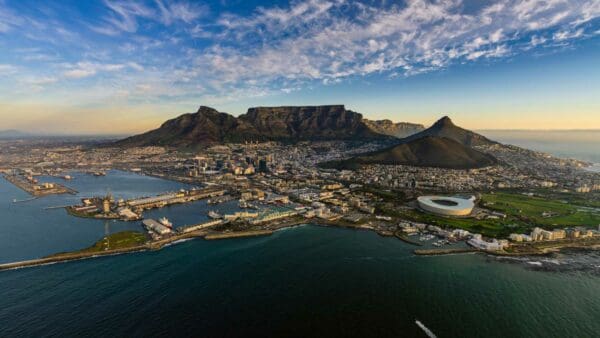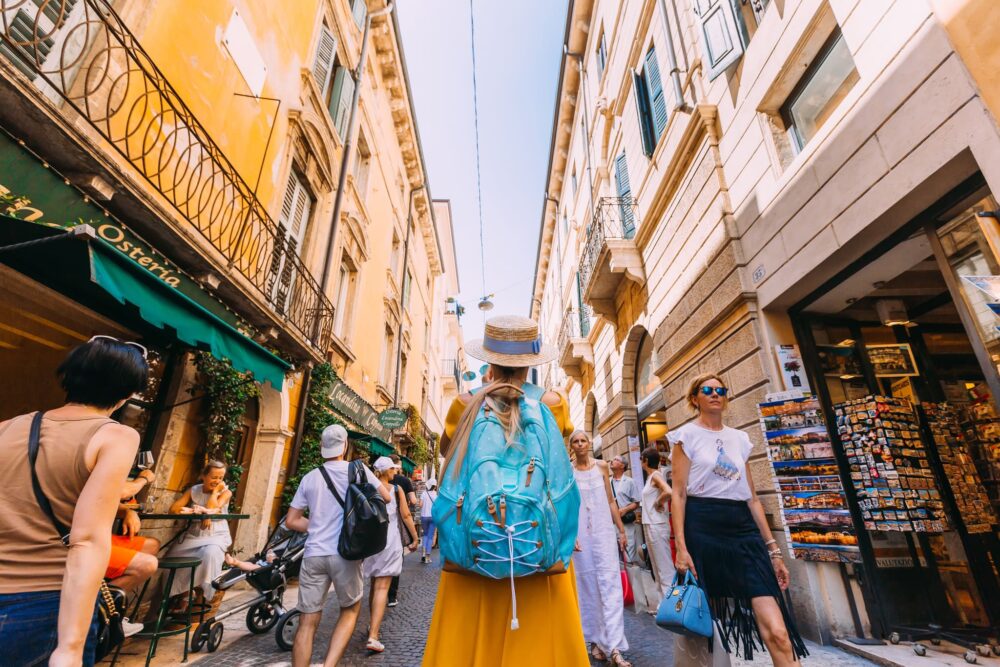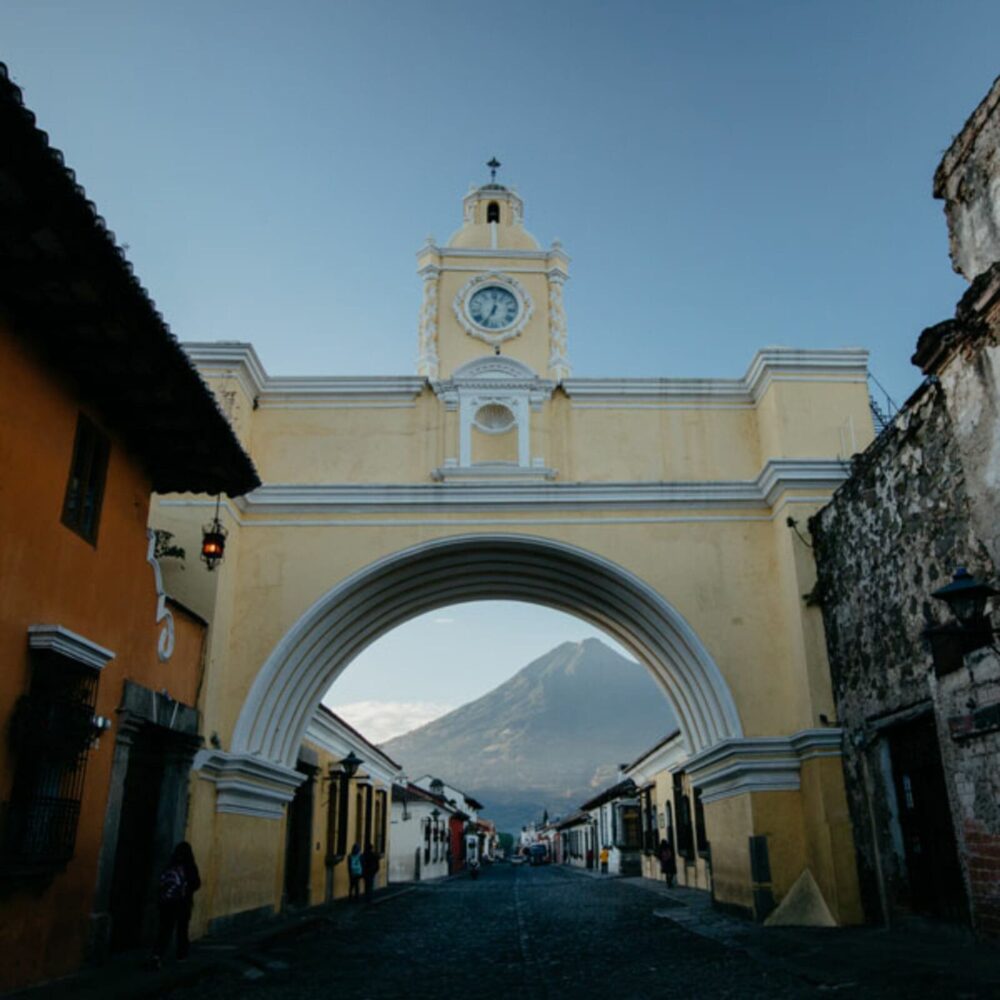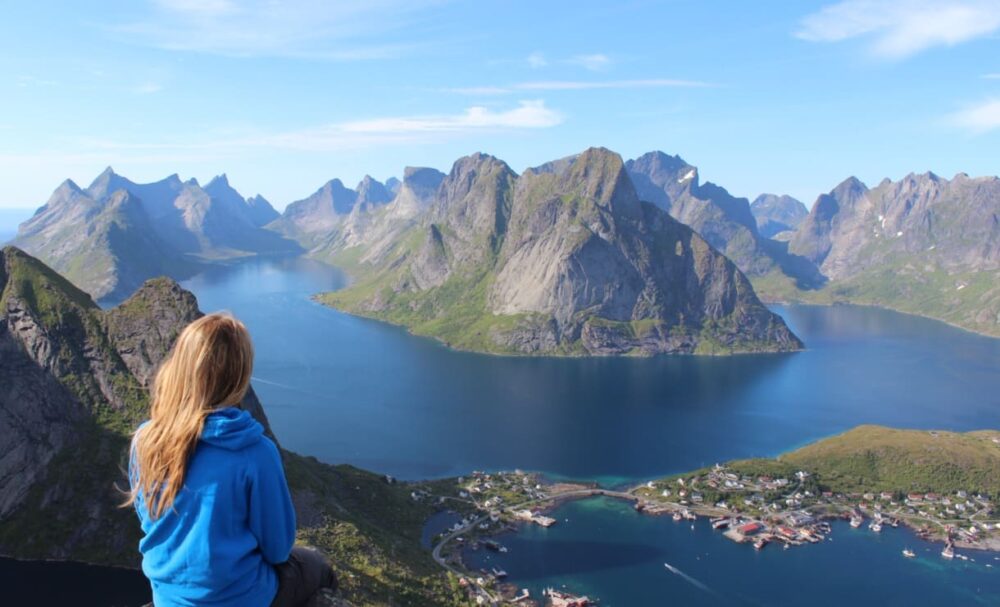A Red Light District is a place of nightmares.
Everything we can imagine—and even more that we can’t—takes place there. I’ve seen some horrifying, heartbreaking, and hard-to-forget things in the past 5-6 years. It started with a trip to Cambodia in 2011, to visit one of my favorite people who lives in Phnom Penh. Then, I went on outreach one Friday night with a well-known anti-trafficking organization in Atlanta, where we walked the streets and talked with women until finally leaving for home around 3am.

Then came October 2011, and my first trip to Thailand.
Since then, I’ve returned to Thailand 7 more times. And then there was that layover in Amsterdam a few years ago, where I saw a completely different—and legal—face to human trafficking. Yup. Legal.
*Photo by Connie Rock
The movie Nefarious says it much better than I do: the problem of human trafficking takes on a different name, face, and shape depending on where you are. Amsterdam is very different from Patpong, as are the streets of Atlanta. Same monster, different face.
The estimated 27 million who are caught in sexual exploitation all have great heartbreak.
But the men (and women) who purchase them there aren’t the enemy. They are broken too. And they are just as loved by God.
In Thailand, the main trafficker is poverty and cultural expectation. Women, as the breadwinners of the family (the males go to the temple to be monks to earn merit for their families, whether for a week or a lifetime) have to support their parents as they age, as well as their children and siblings.
To not do so brings great shame.
The problem of trafficking goes so much deeper than just desire. It’s more than supply and demand. It’s about hunger and loneliness, poverty and survival, expectation, greed, and the brokenness of trying to escape or forget or prove or feel something.
Mostly, it’s about filling that God-shaped hole that only He can fill.
Patpong, the oldest and largest Red Light District in Thailand, began as 2 bars in the Vietnam War. Western men (Americans) went go to Thailand on leave and try to escape the horrors of war.
Now takes up entire city blocks.
The street itself is empty during the day. Walk down it, and other than the unlit signs, it looks like any other street. Around 3-4 pm, workers arrive and start setting up the market. By 7pm, vendors are ready and tourists come. Then the bars throw open their doors, and suddenly those strolling for knock-off purses are suddenly looking into dark rooms pulsing with music, where girls dance on stage in bikinis. And the farther up you go (the buildings are 7-8 stories high) the more debased it gets. Then, around 1-2am, the vendors pack up, the workers come back to take down the market, the bars close (later), and the street returns to normal (I’ve blurred parts of pictures to make them PG).
Over 4000 women and men work in Patpong. They get 1 day off a month, and make between $200-$300. Here’s the thing (for this particular district), they can leave whenever they want. They for the most part aren’t physically held against their will (this is why this is also referred to as prostitution or sexual exploitation, instead of as trafficking, which involves someone being taken against their will across international borders). The women who work in this district are Thai. If a woman leaves, there’s another who can take her place.
For years, in returning every six months, I’ve seen the same vendors in the streets, the same bar managers, mamasons (like “bar moms”), and owners. Very rarely do we see the same girls. There’s an ever-ready supply, mostly from the very poor province of Isaan.
There’s also an ever-present demand in the form of Western tourists. It’s estimated that 60% of tourists go to Thailand for sexual tourism, which is a booming industry (even though prostitution is technically illegal). And 90% of Thai men are customers, but in local brothels and karaoke bars, not these districts. These are for non-Thai foreigners.
It’s easy to think—and judge—the people who enter Red Light Districts, to think that there’s something deviant or especially evil about them. But they are fathers, brothers, sisters, husbands, and wives—people on vacation or on business trips who are looking for something to salve their brokenness. Some look perfectly normal. Others maybe fit our “movie definition” of johns. Some are cruel. Others simply want a girl to sit and talk with them, because they are just that lonely for company.
All are loved by God.
There’s an organization we meet with in Thailand who tells us not to pray that the Red Light Districts will shut down. Which, when I first heard that, seemed wrong to me. If we see injustice, shouldn’t we pray against it?
But the truth is, praying a brothel or bar shuts down is essentially praying people lose their jobs. And that organization always points out: “Right now, we know where the women are. And they know we are here. But if this district shuts down, they will just go somewhere else and do the same thing. And that could be where there aren’t people who can help them.
Instead, pray for transformation.”
It’s true; if the demand is removed, the supply will also decrease. But mankind has a pervasive problem: the continual pursuit of new things to comfort or console us, no matter how empty and fleeting they are. Whether it’s sexual tourism or gluttony, binge-shopping or cocaine, we’re experts at looking to anything and everything (but God) to patch our brokenness.
So that’s why I don’t just pray that Red Light Districts will close.
Because, really, that prayer by itself is too small.
In and of itself, that will not solve the root problem. It will just leave more poverty, cultural and personal shame, and even more extensive pursuits of escapism and filling that void in its wake.
Instead, I pray for Kingdom come.
I pray that the streets of Patpong will become a church, an area filled with guesthouses, cafes, stores, gyms, spas, and other businesses where those who work there don’t do so as a living nightmare. I pray for the same bars that fill the streets with loud, pulsing music, to blare worship from their speakers, a place where Christ is glorified and His name is declared to the nations—a place where His justice reigns.
We serve a God who is in the business of restoration. It’s His specialty. Even this is not so big He can’t transform it.
He’s the only one who can set the captives free. And there’s good news—He promises to do it.
Will you join me in praying for transformation?
_____
After writing this post, I saw heard this song and just had to include it, because of its powerful message on healing and transformation:









